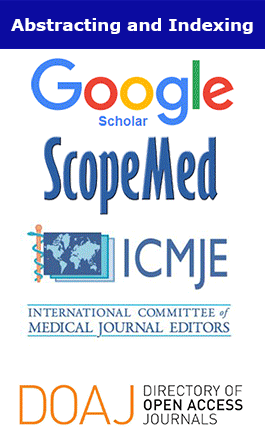Progress in Medical Sciences. 2021;
5(1):(38-113)
Gender Differences and Dynamic of Health Care Behaviors in Population Aged 25-64 Years from 1988 To 2017
Valery Gafarov*, Panov DO, Gromova EA, Krymov EA, Gagulin IV and Gafarova AV
Abstract
Aim: To determine gender differences and dynamic of health care behaviors in an open
population of 25-64 years over a long-term period - 29 years in Russia / Siberia (Novosibirsk).
Methods: Within the framework of the screening in 1988-89 under the WHO MONICApsychosocial
(MOPSY) program (n=1676, 49.5% males, mean age 44.1±0.4 years), in 2003-
2005 under the international project HAPIEE (n=1650, 34,9% males, mean age 54,25±0,2
years), in 2013-2016 (n=975, 43,8% males, mean age 34,5±0,4 years) and 2016-2017 гг.(
n=663, 41,3% years 51,95±0,32 years) within the framework of the budgetary theme No.
AAAA-A17-117112850280-2, random representative samples of men and women in one
of districts in Novosibirsk were examined. The utilization of health care services and careseeking
behavior were assessed using the questionnaire "Knowledge and attitude towards
own’ s health".
Results: In terms of diagnostic methods, in 1988, about 40% of men and women relied
more on their own well-being. By 2017, confidence in medical opinions had grown among
men, but women were more likely to disagree with the doctor's opinion before conducting
a thorough examination.
The proportion of people who never experienced pleasant emotions associated with medical
care was approximately equal for men and women in 1988 - about 40%. This proportion
remained unchanged for men by 2017, while for women it dropped to 26.5%. More than
half of the male population and 2/3 of the female population aged 25-64 continued to work
if they feel unwell at the workplace in 1988. The proportion of such persons decreased in
subsequent periods of observation. And women in spite of poor health continued to work
more often than men as in 1988. In the case of flu or fever, men were more likely than
women to report continuing to work as usual. The proportion of such persons decreased
from 1988 to 2017. Women, on average, 3-5% more often than men took measures to
return to work as soon as possible.
Conclusions: From 1988 to 2017, there was an increase in the level of trust in the opinion of
a doctor among men and a higher frequency of using additional diagnostic methods among
women. In dynamics, satisfaction with health care services increased only among women.
People of both sexes have become more careful about their health in case of feeling unwell
at the workplace over 29 years of observations.


